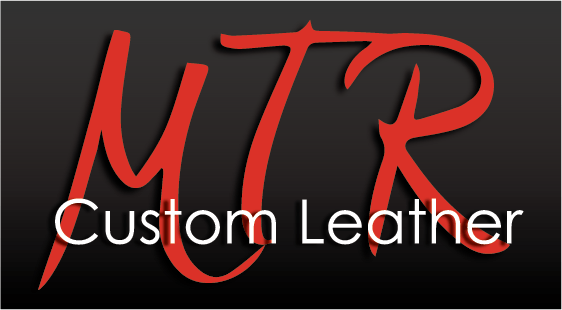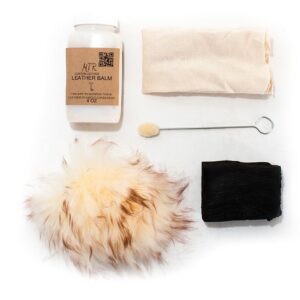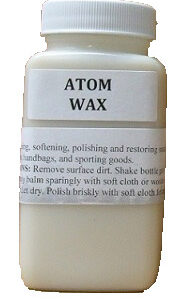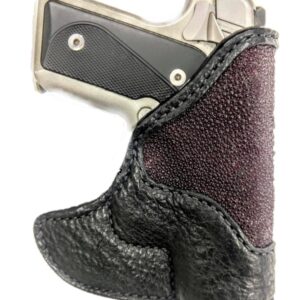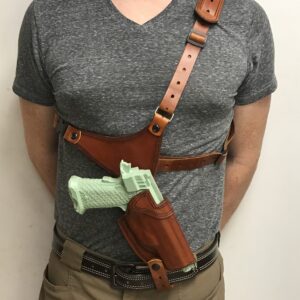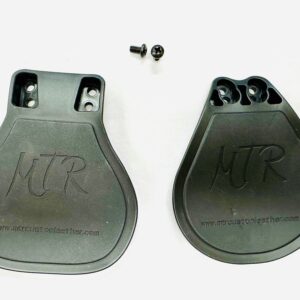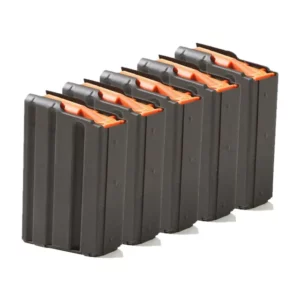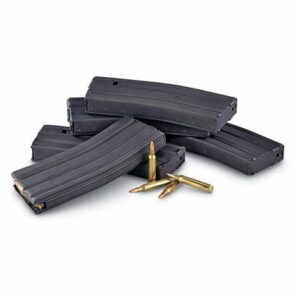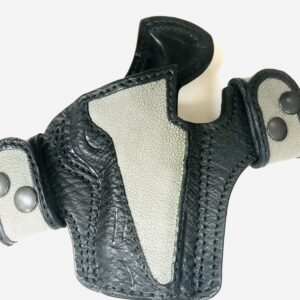Types of Leather Grades – For Raw Hides-MTR Custom Leather, LLC
Types of Leather Grades – For Raw Hides

Underside of a Leather Hide
When raw hides are produced by meatpackers, they immediately grade them. This grade is used to determine the quality of the raw hide, and enables accurate sales to tanneries. The tanneries will ultimately tan the hides, processing the raw material into a finished leather.
As such, it’s important to know exactly the qualities of leather they are receiving. This ensures they’ll have what’s needed to consistently produce quality finished leathers for the production of leather goods.
When grading raw hides, the inspectors will look for issues including holes, deep cuts, scars, large abrasions, discolorations, machine damage (from the skinning machines), remaining hair, and grain inconsistencies.
It is important to keep in mind, too, that many large ranch operations brand their cattle to denote ownership. Branding involves permanently burning a unique pattern (usually letters or initials) into the skin of the animal. A metal brand in the form of the pattern is heated, then pressed into the animal to leave the pattern permanently burned into the hide. While common, the brand impact to the hide quality is also accounted for in the grading process.
The hides will generally be graded as follows:
Leather Hide Grade – Number One
Number one hides are top grade hides. They generally have no major surface imperfections, holes, or cuts. If there are holes approximately 3-4 inches from the edge of the hides, and they can be trimmed away, they won’t affect the overall grade. About 80% of hides shipped to tanners should be a number one grade.
Leather Hide Grade – Number Two
A number two hide is allowed to have up to four holes or cuts, as long as they are located in a generally straight line on the hide. This would allow them to be cut around later, still yielding a sizable area of usable hide.
Holes should usually be less than 5” to be considered acceptable within a number two grade hide. Grain defects should also be no larger than approximately 1 ft. sq. in coverage area. Approximately 15%-20% of hides shipped to tanners have a number two hide grade.
Leather Hide Grade – Number Three
Number three hides generally have five or more holes or large cuts within the hide, ideally within a generally straight line. This would allow them to be cut around later, still yielding a sizable area of usable hide.
A single cut or hole over 6” can be allowed. There might also be grain defects, or a series of closely-located smaller holes that comprise a surface area larger than 1 ft. sq. In general, number three graded hides should at least yield a 50% usable surface area.
Generally, number three grade hides are only purchased by tanners when they have specifically agreed to purchase this grade of hide.
Leather Hide Grade – Untannable
Hides that do not meet the quality standards of grades number one, two, or three are deemed untannable. They are not shipped to tanners, and enter another viable channel for use of the raw animal hide materials, outside of the leather industry.
